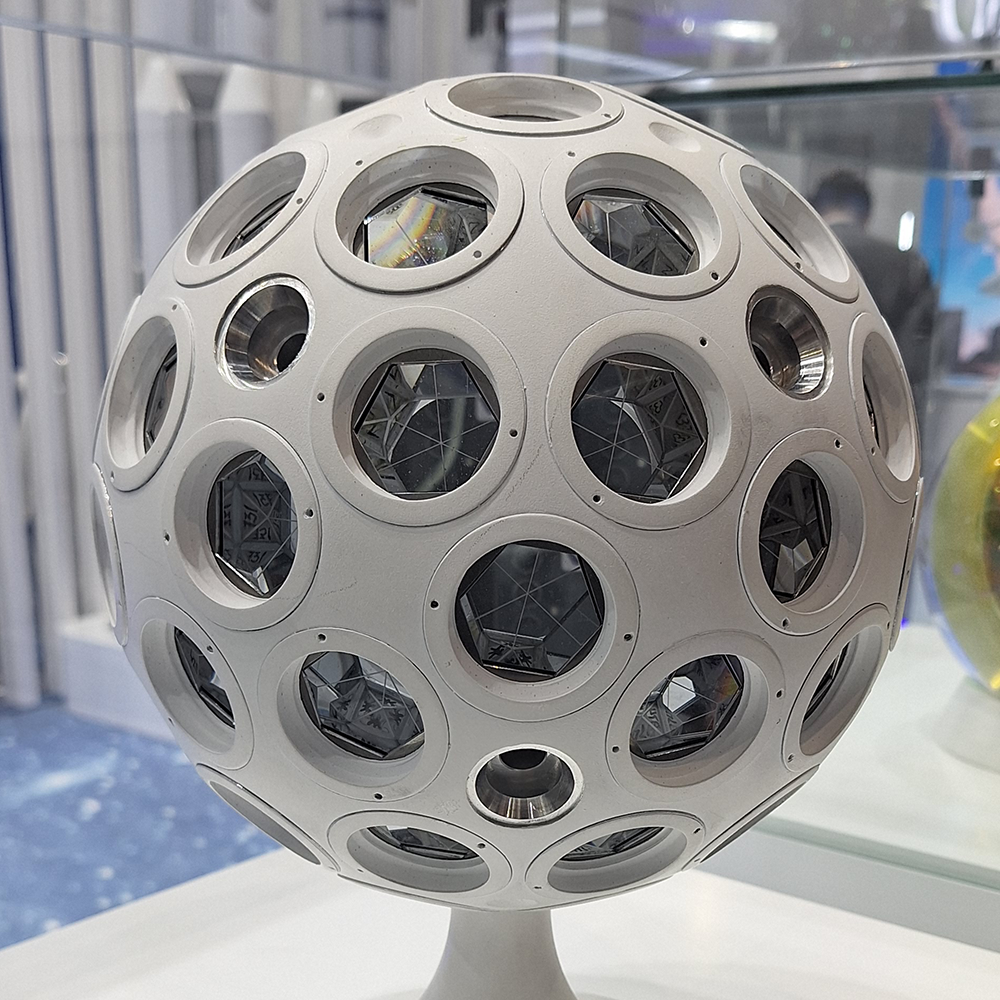Aerospace PCB design is an intricate and specialized field addressing the extreme conditions of space and aviation. This exploration covers the selection of specialized materials, the rigorous process of component reliability and redundancy, and the unique challenges of outgassing, radiation, and mechanical stress. Each aspect plays a crucial role in ensuring the functionality and durability of PCBs in the demanding and dynamic aerospace environment.

Advanced Material Selection and Design Standards
Aerospace PCBs begin with a fundamental choice of materials, far surpassing the capabilities of standard FR-4. Advanced composites like Polyimide, PTFE, or cyanate ester resins are selected for their unparalleled dielectric properties, thermal stability, and moisture resistance. These materials are critical for minimizing signal loss, especially in the high-frequency communication systems used in aerospace applications. They also offer enhanced durability under extreme environmental conditions, such as exposure to UV radiation, extreme temperatures, and vacuum conditions prevalent in space.
Thermal Management and Stability
Given the extreme temperature variations in aerospace environments, thermal management becomes a pivotal aspect of PCB design. Specialized materials with higher glass transition temperatures (Tg) are employed to maintain structural integrity and electrical performance. Additionally, designers implement advanced cooling techniques, including active and passive thermal management systems, to disperse heat effectively.

Component Selection, Reliability, and Redundancy
In aerospace PCBs, component selection is tightly regulated to ensure reliability. Adhering to military specifications like MIL-STD-202, components must withstand rigorous thermal, shock, and vibration tests. This ensures continuous operation in the dynamic and often harsh environment of aerospace applications.
Emphasizing Redundancy and Fail-Safe Design
A unique aspect of aerospace PCB design is the emphasis on redundancy. Critical systems incorporate duplicate or even triplicate subsystems to ensure continued operation in case of a component failure. This fail-safe design principle extends to various board functions, including power supply, data processing, and signal transmission. Designers often employ strategies like redundant power paths, dual processors, and multiple communication channels to ensure uninterrupted functionality.








